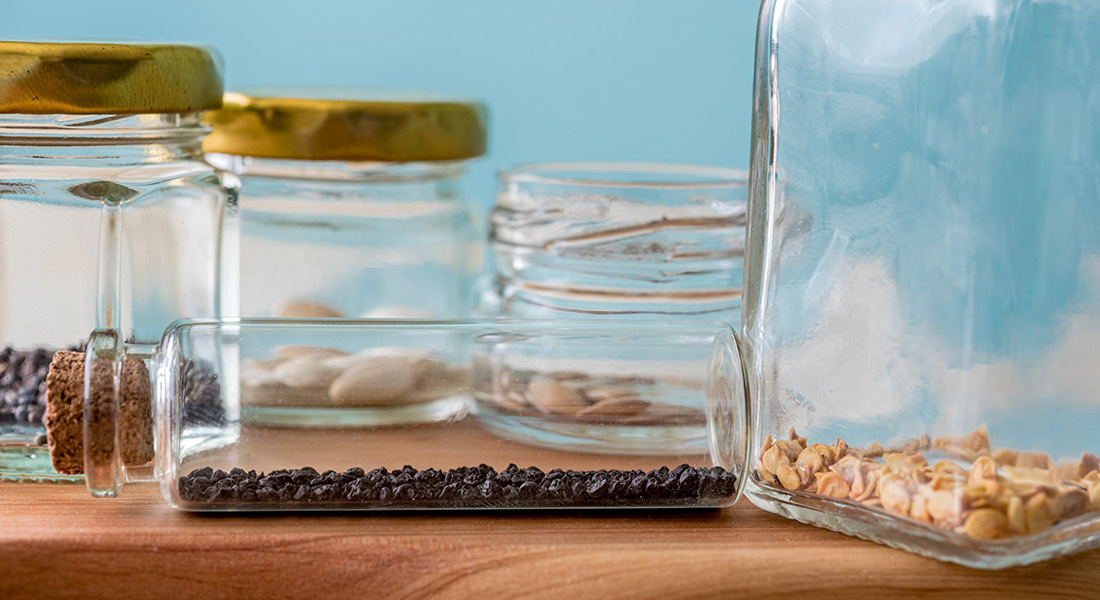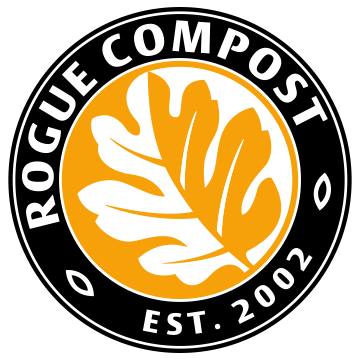How do I store the seeds I collected from my garden?

Harvesting seeds from your summer garden can be a great way to get a jump on next year’s plantings — and recapture the plants you loved most. But what do you do with the seeds after you harvest them? Knowing what to do — and what not to do — can help you grow a bountiful garden of your favorites come spring.
1. Dry the seeds and write down their names — Once you’ve gathered the seeds you plan to save, spread them on newspaper and let them air-dry for a week or so. Remember to write the seed names on the newspaper so you know what’s what. Once the seeds are dry, put them in small paper packets or envelopes and write down the plant name and date.
2. Store the seeds in airtight containers — with a little help — After everything is dried, sorted and labeled, it’s time to store the seeds. Containers that work best include Mason jars with tight-fitting lids, glass canisters with gasketed lids, Ziplock bags or other small, sealable containers. For a little extra help making sure the seeds remain dry, wrap two large spoonfuls of powdered milk in multiple layers of facial tissue, then put that packet inside of each container holding the seed packets. As an alternative, you can also add a packet of silica gel in with the seeds. Both methods work to keep moisture out of the container. Replace the powdered milk packet or silica gel every six months.
3. Keep the seeds somewhere cool and dry — Warmth and moisture are a seed’s enemy and shorten their viability. If you live in a colder climate, store the seeds out of the way someplace that’s cold — like a garage or basement. If you live someplace warmer, a refrigerator is your best bet. And while the fridge is a great place to store seeds, the freezer is not. So keep them far away from the deep freeze.
4. Know how long your seeds are good for — Depending on the type of seed, the typical shelf-life ranges from one to three years. So keep all the individually sorted seeds from the same year stored in the same place for easier identification — and be sure to date them. Just like different seeds remain viable for different lengths of time, some seeds have better germination rates than others. Sweet corn and parsnips, for instance have low germination rates. And even if you’ve dried, stored, dated and done everything else right, into each crop a few duds will fall. That’s nature.
5. Prepare the seeds for planting — When it’s time to plant the seeds in the spring, remove the sealed containers from the refrigerator and let them warm up to room temperature. If you open the containers before then, moisture in the air will condense on the seeds and cause them to clump together. It’s best to prepare them for planting well before you actually plan on putting them in the ground.
Key Information: Seeds harvested from hybrid plants won’t come back.
Share This
